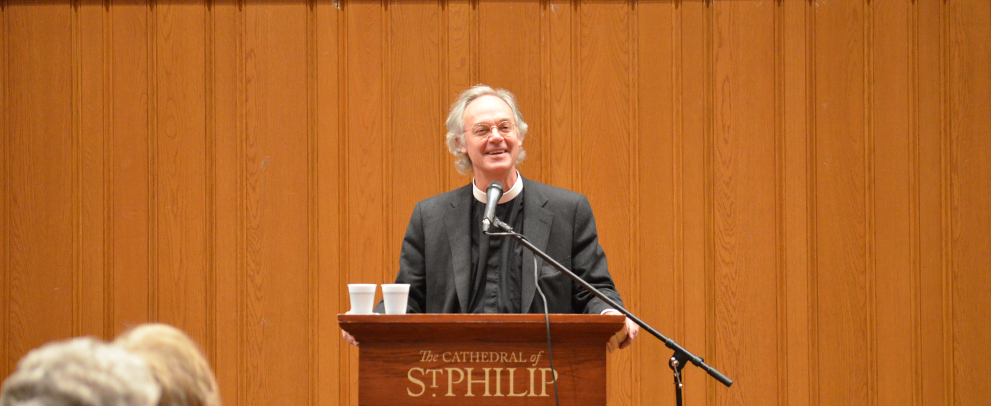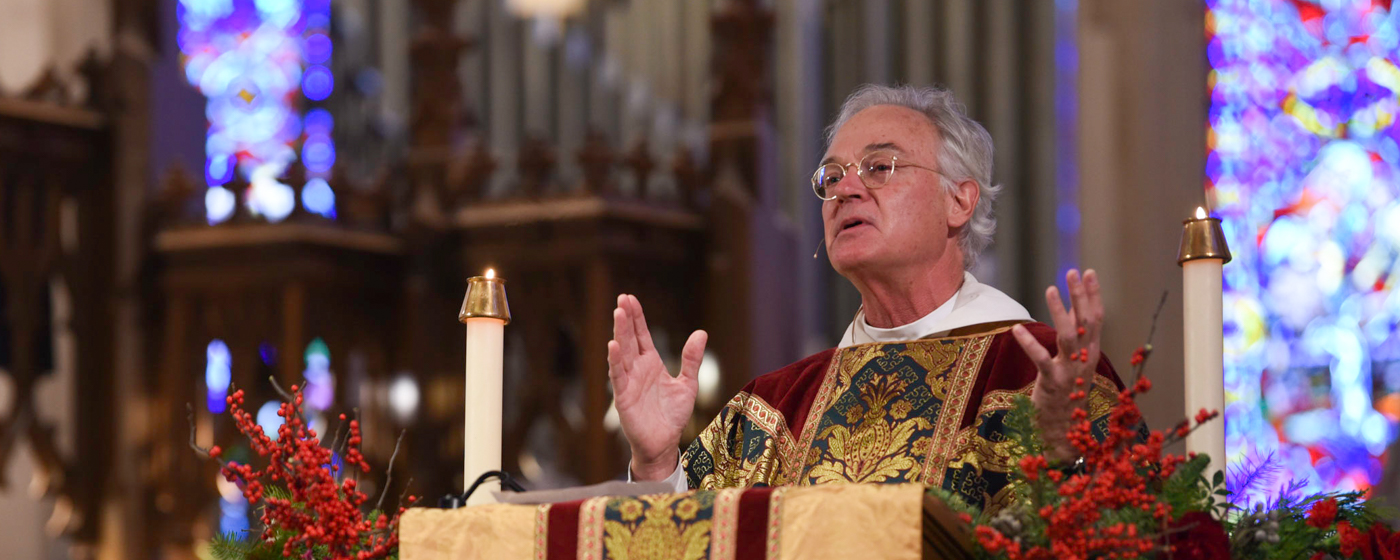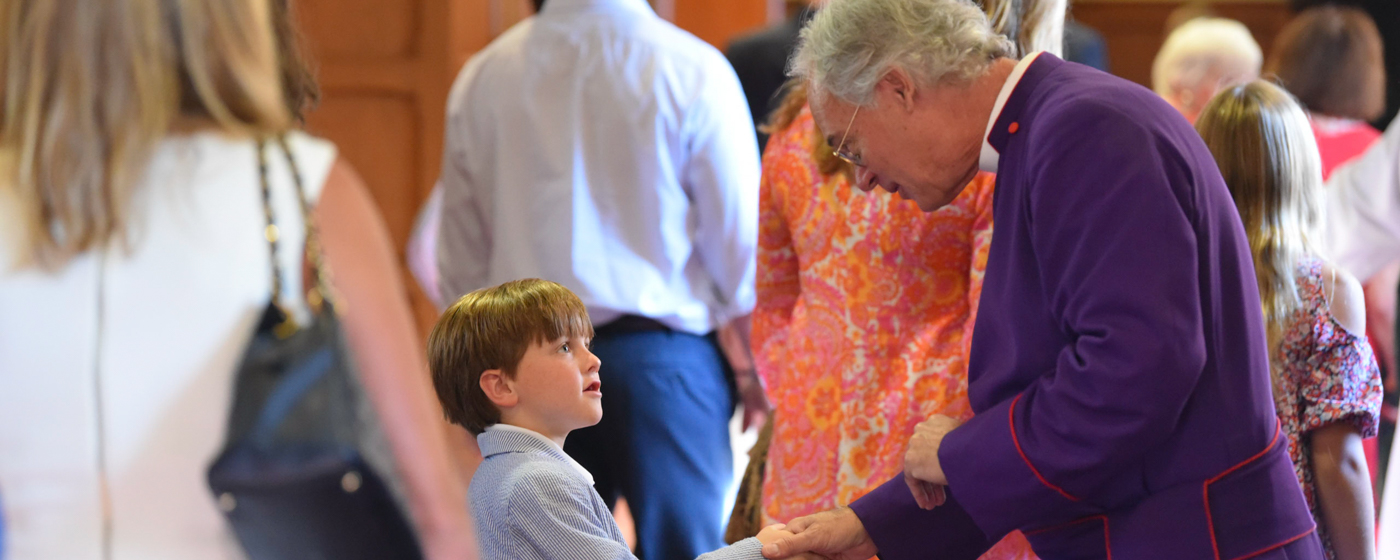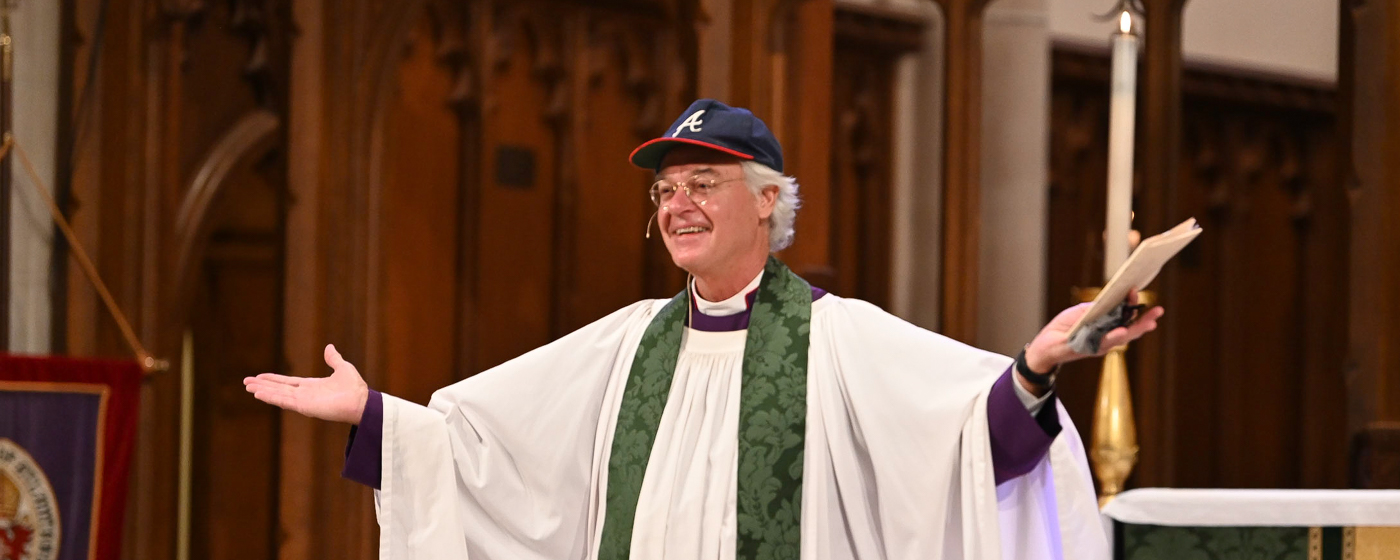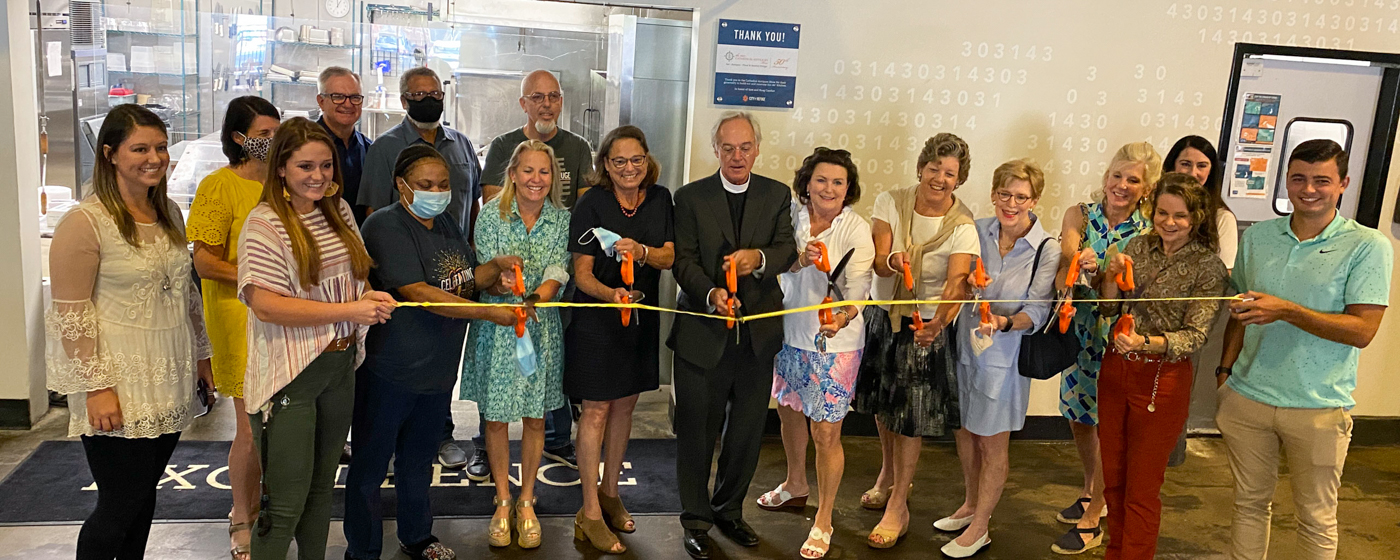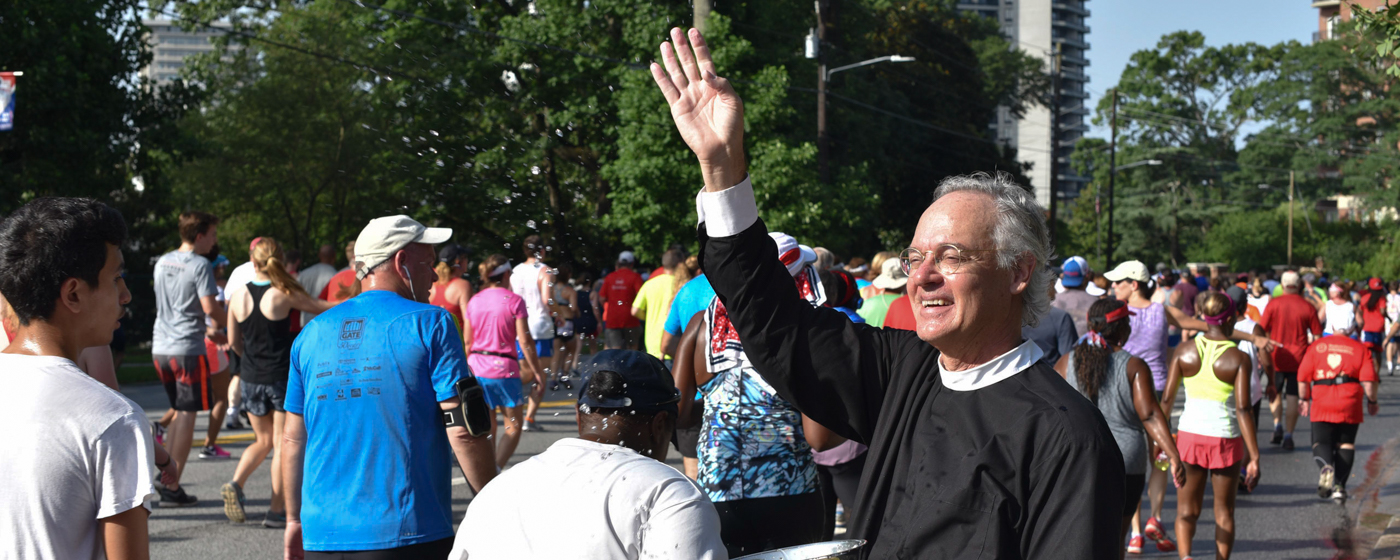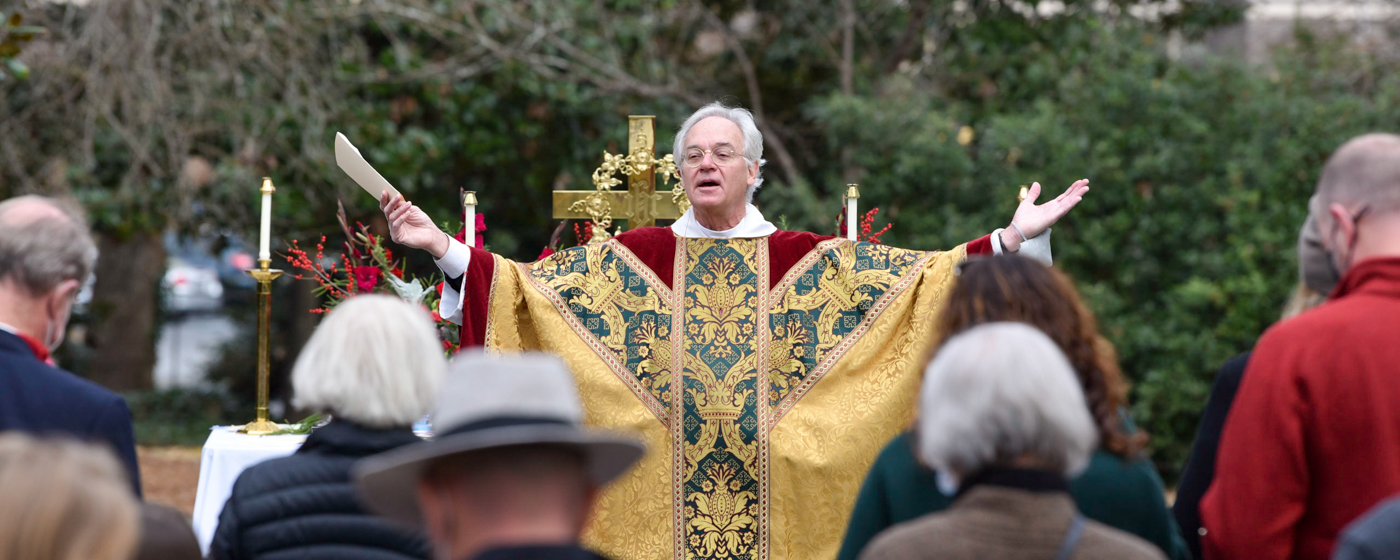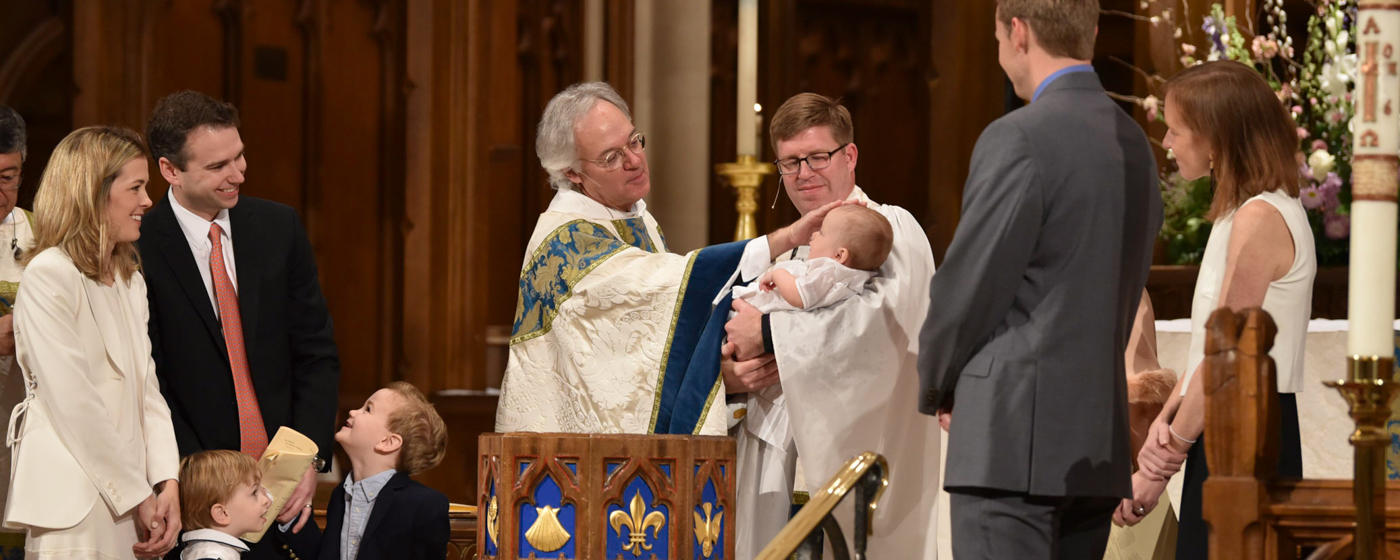From the Dean
We Become What We Watch
An article for The Cathedral Times
by the Very Rev. Sam Candler, Dean of the Cathedral
May 25, 2025
This week, I present a Bible story that doesn’t get mentioned very often—probably because it seems so silly and non-scientific. And it is. But it is also somehow true. In Genesis, chapter 30, is the story of how Jacob, the great patriarch, devised a plan to breed strong sheep.
Jacob actually lived with his father-in-law (Laban) for a while. Surely, many of you know what that is like. When the time came for Jacob and his father-in-law to go their separate ways, they had to divide the joint assets between them. Any of you in family businesses know what this is like, too! Back in the days of Jacob, the assets were sheep.
So Joseph arranged a deal with Laban (Watch out, you fathers-in-law!). Jacob’s deal was that he, Jacob, would get all the lambs that were striped or spotted—and his father-in-law would get the rest. Basically, that meant for Jacob that he would get all the lambs that had some white in them (the white caused the stripes).
So, then Jacob did something strange. He went out and gathered the branches of poplar trees and almond trees. He peeled back the bark on those branches so that the white of the wood was showing. How was this behavior going to help him?
Well, when the strong sheep got ready to breed, Jacob planted the strips of wood in the ground, right in front of their eyes. His theory was that if the mother sheep and daddy sheep were looking at white streaks and white spots while they were raising children, then their resulting children would also have white streaks and white spots on them. Jacob put the branches only in front of the strong sheep, making sure that the strong sheep were seeing the streaks and spots; that way, their children—the strong lambs—would have streaks and spots. (The story is right there in the Bible at Genesis 30.)
Isn’t that delightful? And it’s even more wonderful that it worked. The strongest of the new flock had stripes and spots, and the strongest of the flock belonged to Jacob.
I love that story. And I admit, joyfully, that it flies in the face of modern science and genetics and breeding technique. Do we really believe that when mother sheep and father sheep are looking at stripes when they are together, that they will have striped children? That takes some faith. Where is the faith of the great monk, Gregor Mendel, when you need him?
Well, I used to think that this story was silly. But not so now. In its odd way, the Bible often speaks of a deeper truth. The deeper truth is this: We become what we pay attention to. We become what we watch. You’ve heard it said, “We are what we eat.” That may be true. But it is also true that “We are what we watch.”
If we watch stripes all the time, we become striped. If we watch spots, we become spotted. If we watch pessimism all the time, we become pessimistic. If we watch hope all the time, we become hopeful. If we hear our community complaining all the time, we become complainers. What we watch changes us. So, what are you watching these days? What are you giving your attention to? Is it changing you for the better?
And what we present before the eyes of our children changes them. Whatever stripes and spots we are watching, will be imprinted upon our children, too. What are we showing our children? Are we showing them stripes, or spots? Are we showing them pessimism, or hope? Are we showing them ignorance, or love?
Church—with its worship and prayer and mission and community—is meant to show us a different sort of reality than the one we might see in the world. Yes, we often fall short; but our Christian worship and life—our Christian mission and community—is meant to be a vision of nothing less than the kingdom of God. We are meant to see, and to show, something different here.
Christianity itself is not magic. Baptism is not a magic act that defeats the laws of science and nature and experience. Rather, our Christian baptismal identity proclaims a deep principle: that we become what we watch, what we hear, what we experience. It is one of my leadership principles: “pay attention to what you are paying attention to.” Give time and vision to those images that show us Christ!

The Very Reverend Samuel G. Candler
Dean of the Cathedral of St. Philip


